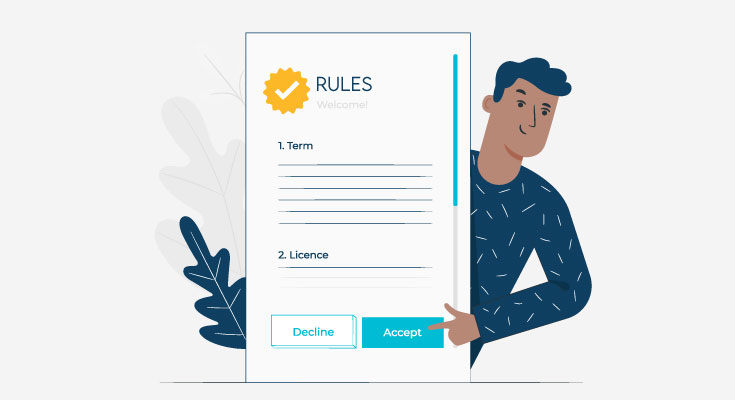The payments industry is changing faster than ever. Consumers are welcoming a number of changes and adopting the latest technologies. Customers globally are moving towards an online payments landscape instead of relying on cash and checks. There are over 140 online payment methods available globally. The use of online payments is also giving a boost to the already growing eCommerce industry.
While cash is still the primary method of transaction, soon there will be a drop in global cash usage. This can be credited to instant bank transfers and mobile wallet payments. Some of the market-leading mobile wallet apps are:
- Google Pay
- Apple Pay
- Samsung Pay
Several other contactless payment methods are slowly changing the payments industry. So, it makes sense that the customer bank account verification methods need to change too.
Fraudsters Look for Weak Points
With the rise of digital payments, digital fraud is rising too. The Automated Clearing House is one of the most common targets for fraudsters all over the world. Fraud in the ACH channel is happening throughout global payments. Plus, there is a 40% increase in customers experiencing fraud events at some point in their lives.
ACH transactions are used widely throughout the USA because they are simple to use and affordable. Transaction fees on the ACH channels are lower than card fees and wire transfers. This is why the ACH channel is used all over the USA. This reliance is also attracting fraudsters of all kinds.
The ACH payment process isn’t compromised. The fraudsters attack the processes that happen before the transaction. Most fraudsters try to get the payments into their accounts instead of the actual account.
These frauds happen with the help of fishing fraud, social engineering attacks, data breaches, and others. These attacks help fraudsters gain the information they need to steal customer identity data. Then, fraudsters can use this information for creating synthetic identities or to do account takeovers.
To protect customers, vendors, and institutions, better methods of account verification need to be employed.
New Account Verification Rules
NACHA, the ACH operating entity, is trying to bring about some changes in the industry. They’ve adopted a new rule that requires financial institutions to go beyond the old standard for providing security to online transactions. To combat account fraud, account validation is becoming a part of the process.
NACHA also stated that they understand the implementation of these rules will have impacts on booth payment originating institutions, and payment receiving institutions. This includes the increased cost as new tools will be needed to be implemented. If banks and financial institutions don’t have the right setup for account verification, they will need to rely on third-party verification software.
These compliance changes offer an opportunity to protect the payments and reduce the risk of fraud. It can also help in reducing non-sufficient fund payments, and user errors. If these new rules are implemented perfectly it can improve the user experience and also improve the brand reputation.
The best bank account verification software offers these results simply and seamlessly. Plus, it can stand tall in the customer’s expectations when doing online transactions. If the process is slow or frustrating, consumers often tend to switch over to some other service provider.
Financial institutions should always focus on improving customer experience while reducing the risk of fraud. It’s a tough path to walk on, but that’s what is expected. If a financial institution can provide a good onboarding experience, it can build a customer reputation.
Making sure that the customer keeps using the account after its opening requires account validation tools that verify data almost instantly. This allows customers to send and receive money with ease.
Bank Account Verification Solution by DIRO
Banks and financial institutions that don’t have any solutions of their own need to rely on third-party services. DIRO online bank account verification solution is the answer. It enables financial institutions to smoothen the customer onboarding process with instant bank account verification.
As the data is cross-verified directly from the issuing source, it also eliminates the use of fake and stolen customer data. Moreover, instant bank verification doesn’t hamper the customer experience, leading to better business-customer relationships.





